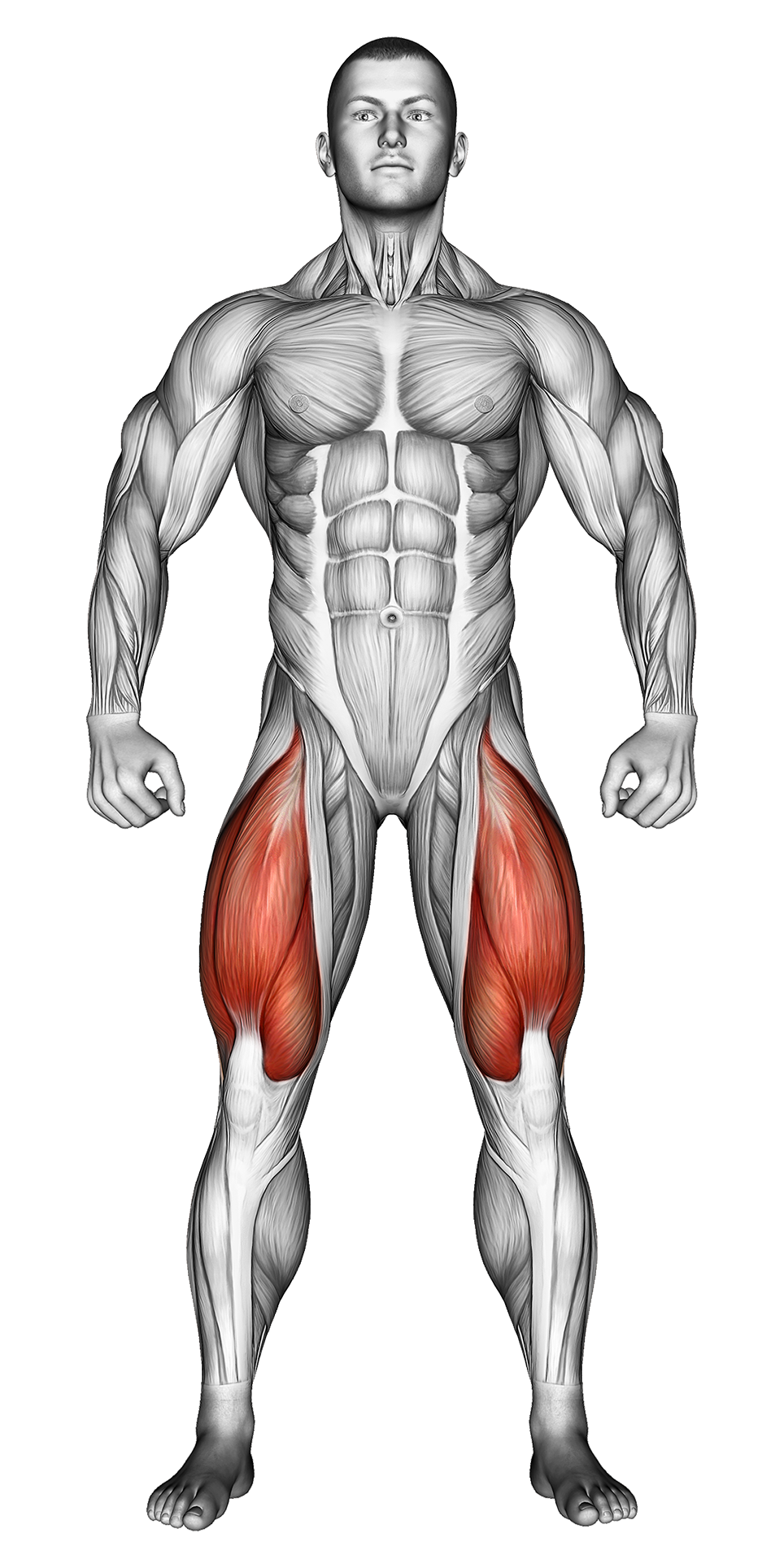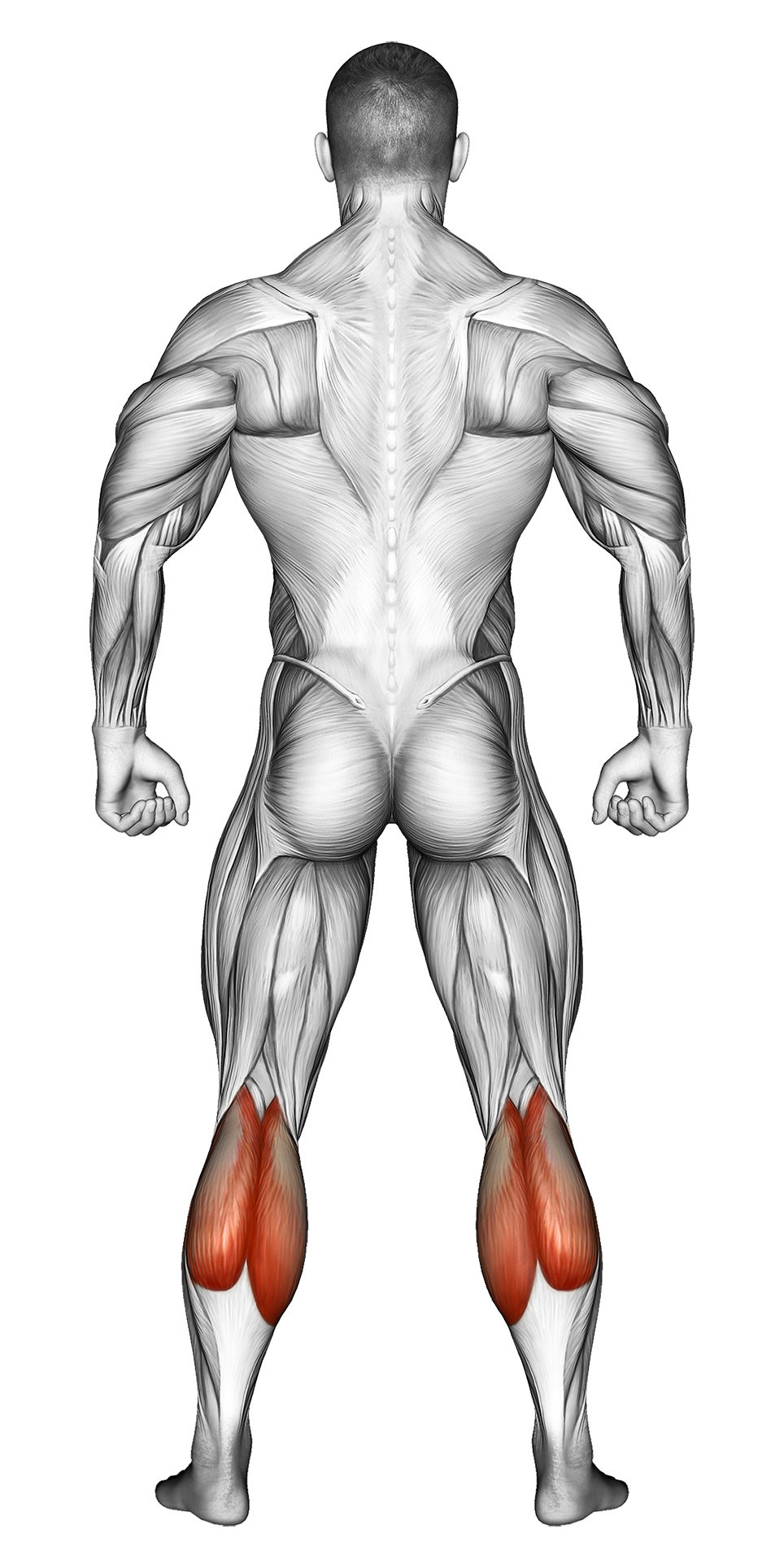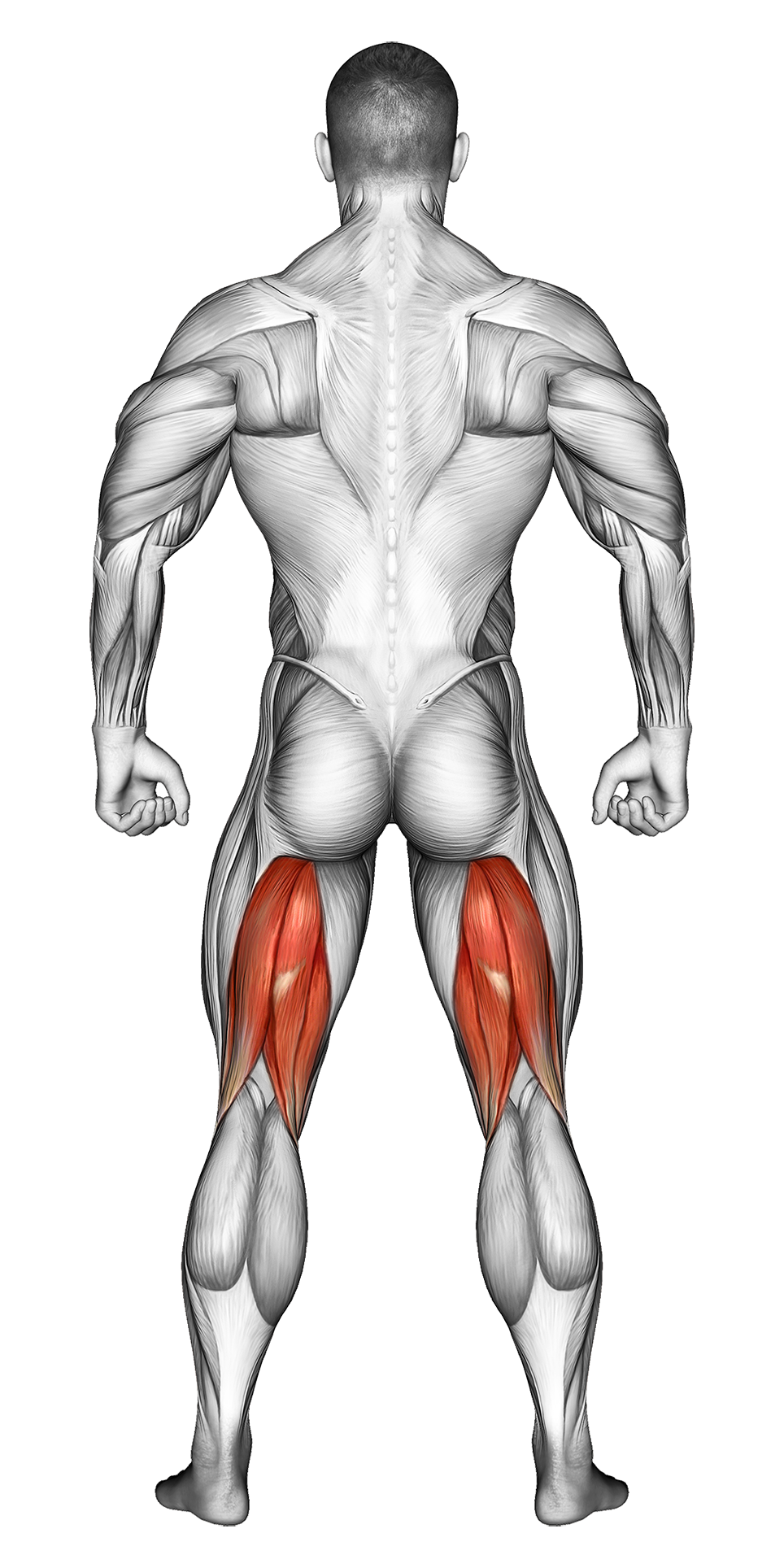Dumbbell Step Up: Video Tutorial & Exercise Guide

Written By: Ether Brown
Updated: Oct 13, 2024
| Workout | Dumbbell Step Up |
| Primary Muscle Group | Quads |
| Secondary Muscle Group | Glutes, Calves Hamstrings |
| Equipment Required | Dumbbell Bench |
| Force Type | Push |
| Mechanics | Compound |
| Exercise Type | Strength |
| Difficulty | Intermediate |
Dumbbell Step Up: Video Tutorial & Exercise Guide
- 1.Dumbbell Step Up: Muscle Groups
- -1.1Primary Muscle Group
- -1.2Secondary Muscle Group
- 2.Dumbbell Step Up: Step-by-Step Guide
- 3.Dumbbell Step Up: Overview
- 4.Dumbbell Step Up: Benefits
- 5.Dumbbell Step Up: Pro Tips & Advanced Techniques
- 6.Dumbbell Step Up: Progression Plan
- 7.Dumbbell Step Up: Frequently Asked Questions (FAQs)
Secondary Muscles Group
Dumbbell Step Up: Step-by-Step Guide
- Step 1: Stand tall in front of a sturdy bench or step, holding a dumbbell in each hand at your sides. Keep your chest up and core engaged.
- Step 2: Step onto the bench with your right foot, pressing through your heel to lift your body up until your right leg is fully extended. Your left leg should remain slightly bent and hovering over the bench.
- Step 3: Pause briefly at the top, ensuring you are balanced, then lower your left foot back to the floor in a controlled manner.
- Step 4: Step down with your right foot to return to the starting position.
- Step 5: Repeat the movement with your left leg, alternating between legs for the desired number of reps.
Dumbbell Step Up: Overview
The Dumbbell Step Up is a unilateral lower-body exercise that targets the quadriceps, hamstrings, and glutes. This functional movement is great for improving leg strength, stability, and coordination. Adding dumbbells increases the resistance, making it a more effective exercise for building muscle and enhancing balance.
Step Ups mimic everyday movements such as walking up stairs, making them a practical exercise for overall leg development. They can also help correct muscle imbalances, as each leg works independently during the exercise.
Dumbbell Step Ups: Benefits
Dumbbell Step Ups primarily target the quadriceps, glutes, and hamstrings, helping to build strength and endurance in the lower body. This exercise also engages the core and improves balance and stability, making it a great movement for functional fitness.
The unilateral nature of Step Ups helps to correct muscle imbalances between the left and right legs, promoting more symmetrical muscle development. Additionally, the step-up motion increases hip mobility and flexibility, which is essential for improving movement patterns and reducing injury risk.
The added resistance from the dumbbells makes this exercise more challenging, increasing muscle activation and strength gains.
Dumbbell Step Ups: Pro Tips & Advanced Techniques
Focus on pushing through your front heel to engage your glutes and hamstrings as you step up. Avoid using momentum by swinging your body or relying too much on your back foot to assist the movement. For an added challenge, hold a pause at the top of the step, or use a higher bench or step to increase the range of motion. Ready to strengthen your legs? Let’s step up!
Dumbbell Step Ups: Progression Plan
Beginner
Intermediate
Advanced
Dumbbell Step Up: Frequently Asked Questions (FAQs)
What muscles do Dumbbell Step Ups target?
+This exercise primarily targets the quadriceps, glutes, and hamstrings, while also engaging the core and calves for stability.
Are Dumbbell Step Ups suitable for beginners?
+Yes, this exercise is great for beginners. Start with bodyweight or lighter dumbbells and a lower bench to focus on mastering balance and form. Gradually increase resistance as you build strength.
How can I make Dumbbell Step Ups more challenging?
+To increase difficulty, use heavier dumbbells or a higher bench to increase the range of motion. You can also slow down the movement or hold the dumbbells overhead for extra core engagement.
How often should I include Dumbbell Step Ups in my routine?
+Include this exercise 2-3 times per week as part of your lower body or full-body workout. It pairs well with other leg exercises like lunges and squats for a complete leg workout.
What common mistakes should I avoid?
+Avoid using momentum to swing your body up or pushing too hard with your back foot. Focus on controlling the movement with your front leg and maintaining balance throughout the exercise.
Share
Don’t Wish for It, Work for It – Join the FlexXP Newsletter Today!
Thank you for signing up for the FlexXP Newsletter!
This site is protected and the Google Privacy Policy and Terms of Service apply.



